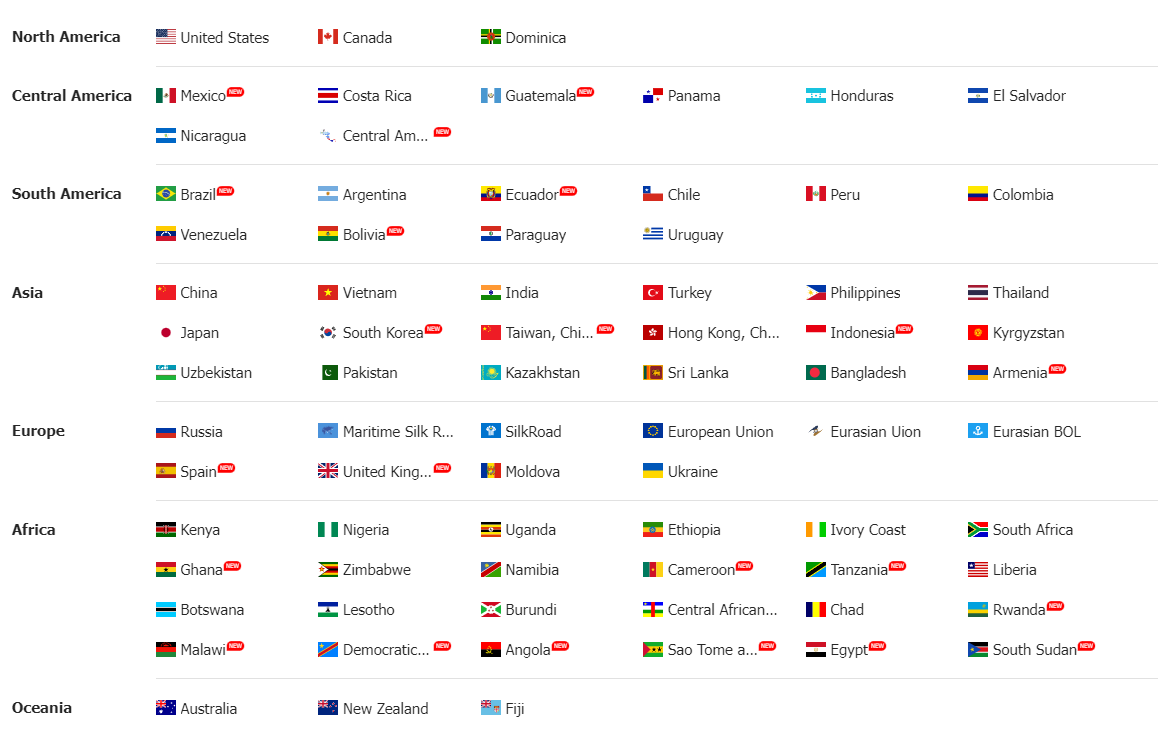 Trade Data
Trade Data
 13-08-2024
13-08-2024
Malaysia, a vibrant economy in Southeast Asia, has seen dynamic trade activities over the years. Import data from Malaysia reveals significant trends in the nation's global trade relationships and economic priorities. Understanding this import data is crucial for businesses, economists, and policymakers who seek insights into the Malaysian market and its role in the global supply chain.

Key Insights from Malaysia's Import Data
Malaysia's import data showcases the country’s dependency on various goods from international markets. The nation imports a wide range of products, including machinery, electronics, chemicals, and foodstuffs. The import data indicates that Malaysia heavily relies on countries like China, Singapore, and Japan for these essential goods. China, in particular, has been a dominant trade partner, contributing significantly to Malaysia's import statistics.
Click this webiste to search Malaysia's import data
Sector-Specific Import Data
Breaking down the import data by sector, machinery and transport equipment stand out as the largest category. This sector alone accounts for a significant portion of Malaysia's total imports, reflecting the country’s focus on industrial growth and infrastructure development. Additionally, the import data for electronics highlights Malaysia’s role as a global manufacturing hub, where raw materials and components are brought in to support the local production of finished electronic goods.
The chemical sector also features prominently in Malaysia’s import data. The country imports a wide variety of chemicals, including industrial chemicals, fertilizers, and pharmaceuticals. This sector's import data is indicative of Malaysia’s robust manufacturing sector, particularly in petrochemicals and related industries.
Click this webiste to search Malaysia's import data
Trends and Analysis in Malaysia’s Import Data
Recent import data shows a shift in Malaysia’s trade patterns, influenced by global economic conditions and regional trade agreements. The COVID-19 pandemic, for example, caused fluctuations in Malaysia’s import data, particularly in 2020 and 2021. However, post-pandemic recovery efforts and the diversification of supply chains have led to a rebound in import activities, as reflected in the latest import data.
Another key trend observed in Malaysia’s import data is the increasing focus on sustainable and environmentally-friendly products. The import data reveals a growing demand for renewable energy technologies, electric vehicles, and green chemicals. This shift aligns with Malaysia’s commitment to sustainable development and reducing its carbon footprint.
Click this webiste to search Malaysia's import data
Conclusion
Malaysia's import data offers a comprehensive view of the country’s economic landscape and its integration into the global economy. By analyzing this import data, businesses and investors can identify emerging opportunities and make informed decisions. As Malaysia continues to evolve as a key player in Southeast Asia, its import data will remain a vital resource for understanding the nation’s economic trajectory and its role in international trade.
Tendata iTrader compiles trade data from 218 countries and provides detailed
information on over 130 million import-export enterprises worldwide.
With a daily influx of 10 billion trade records, Tendata efficiently delivers contact details for over 700 million top-level executives and decision-makers in the import-export industry through advanced filtering. This includes email addresses, phone numbers, social media profiles, and more. Additionally, we offer synchronized company profiles, product images, and website links, along with 19 types of visual reports. These tools assist foreign trade enterprises in precise market positioning and thorough market analysis, enabling you to quickly find the exact buyers and suppliers you need.
(>> Visit the Official Shanghai Tendata Website for More Details <<)

Category
Leave Message for Demo Request or Questions


 T-info
T-info T-discovery
T-discovery

 My
Tendata
My
Tendata Market Analysis
Market Analysis Customer
Development
Customer
Development Competitor
Monitoring
Competitor
Monitoring Customer Relationship
Customer Relationship




































































































































